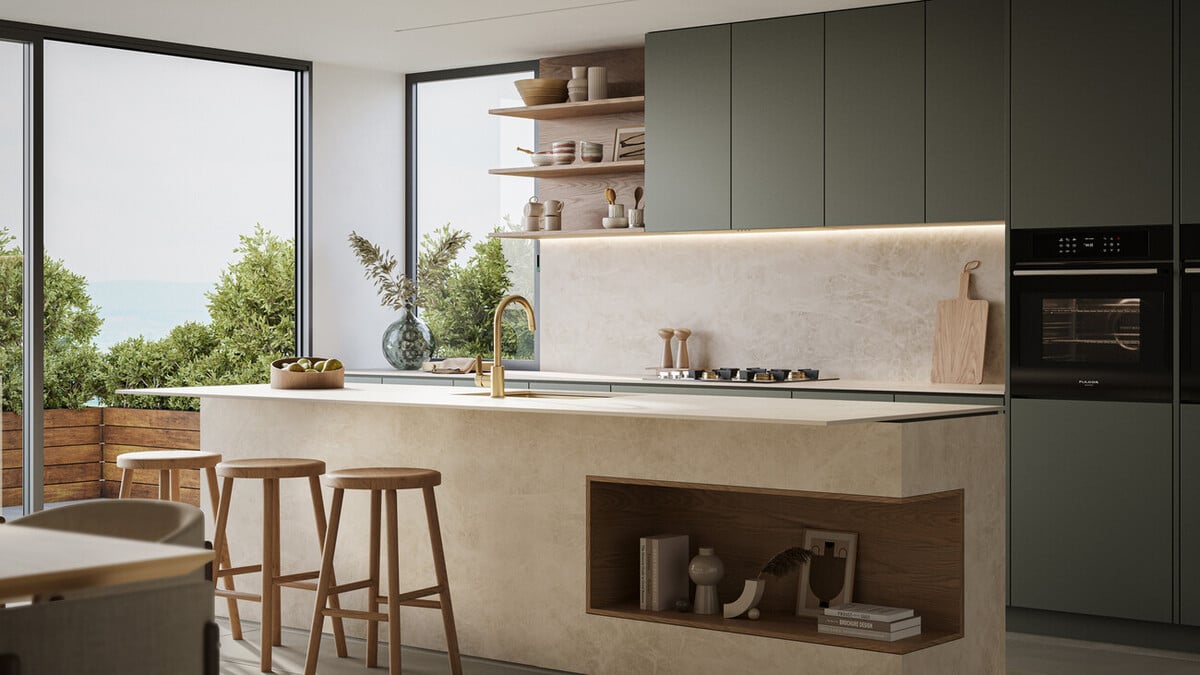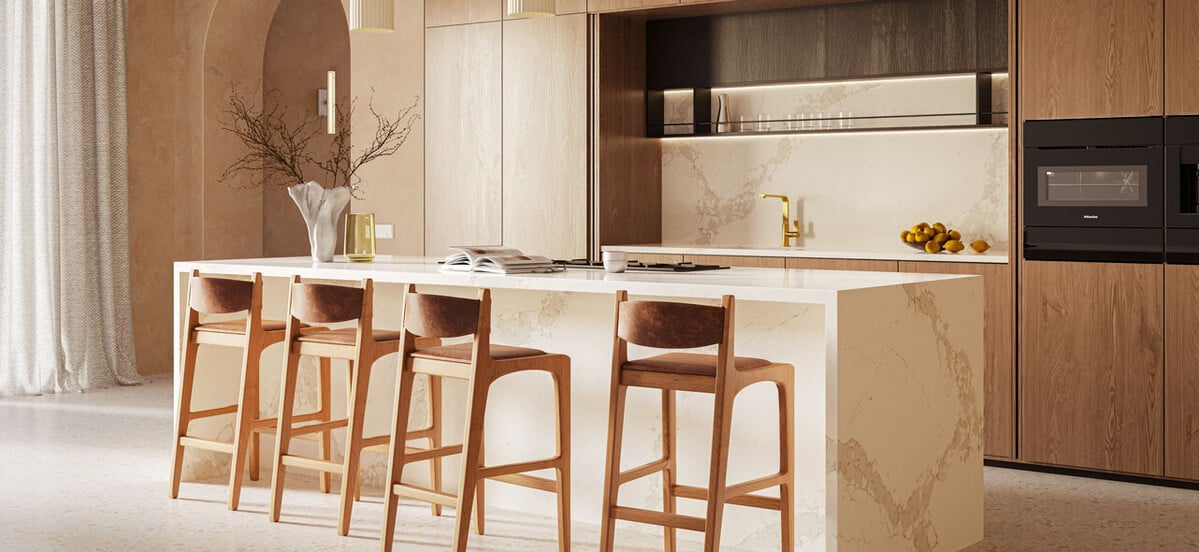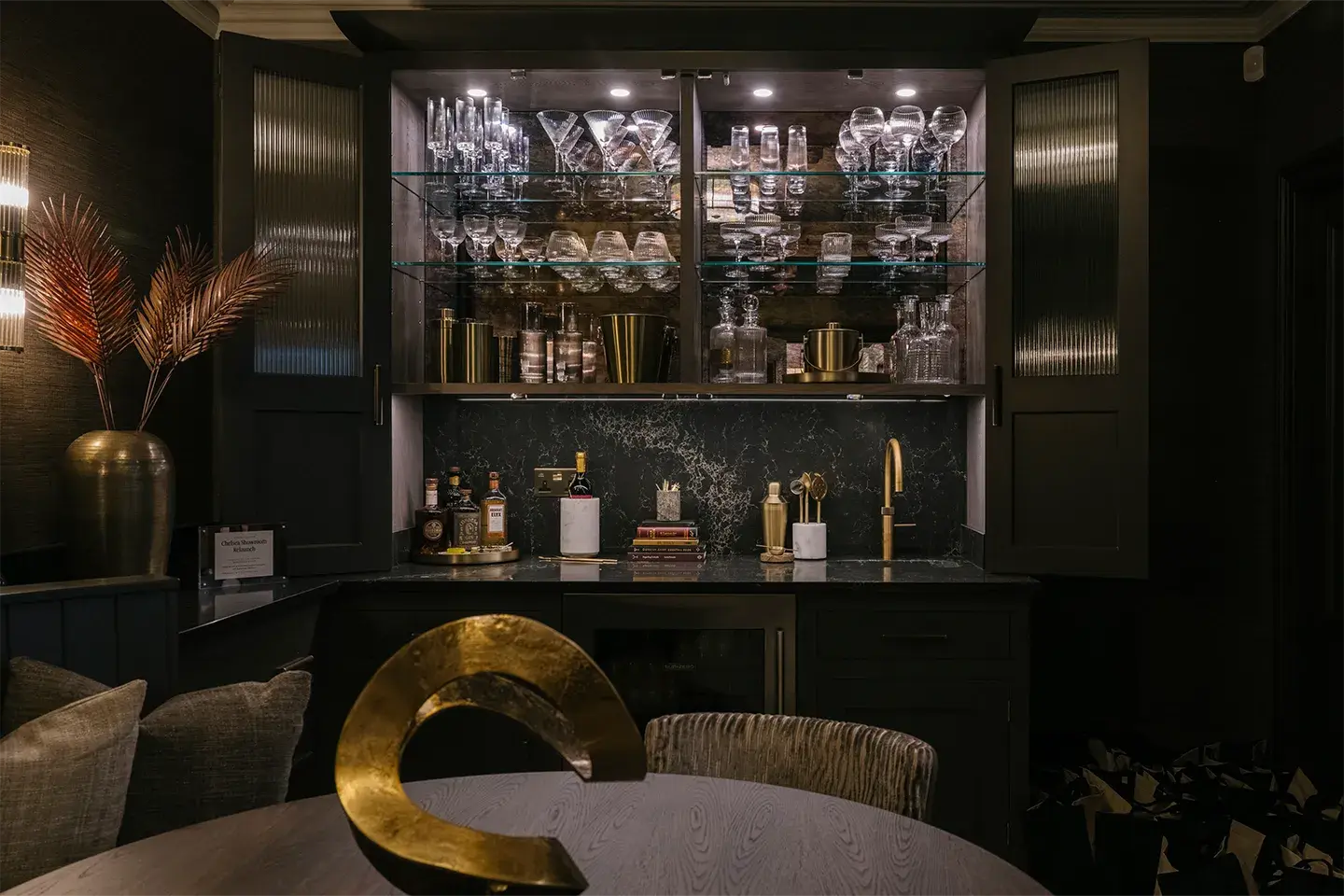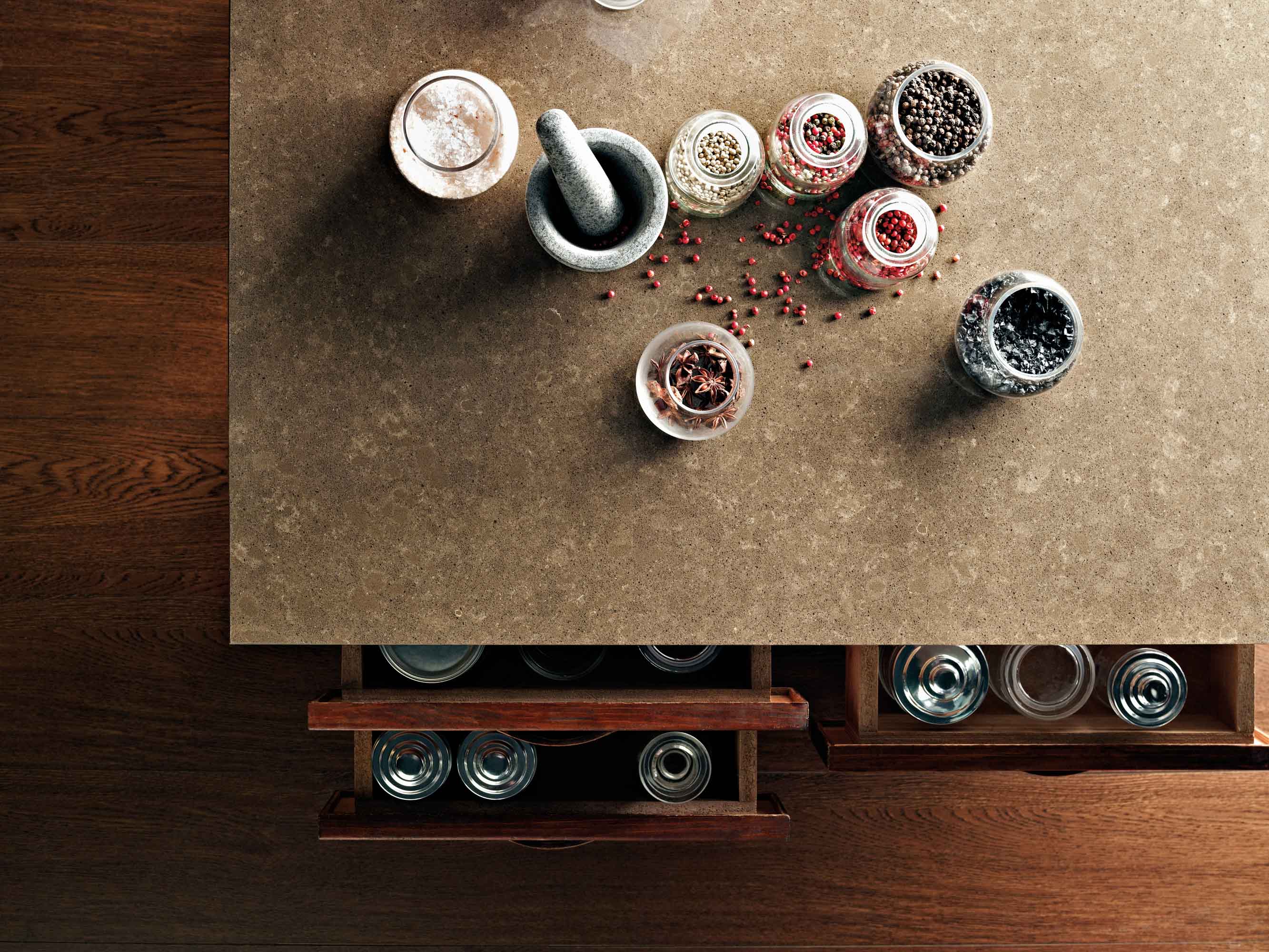
You’ve spent countless hours pinning pictures to your kitchen ideas board, scrolling through #kitchengoals filled with swoon-worthy interiors and flicking through glossy magazines – you’re ready to take the plunge and build your dream kitchen. But how much is it really going to cost?
Your kitchen budget is going to make or break the vision that you have in your mind, which is why it’s so important to do some thorough research into costs before diving head first into the project. Setting – and sticking to – a budget can be a challenge. Redesigning a kitchen can be pricey, especially if it involves an extension. However there are ways to make sure you get the best value for your money.
We’ve picked out some of the key factors that will impact your budget so that you can start to understand and plan where your money is best spent…
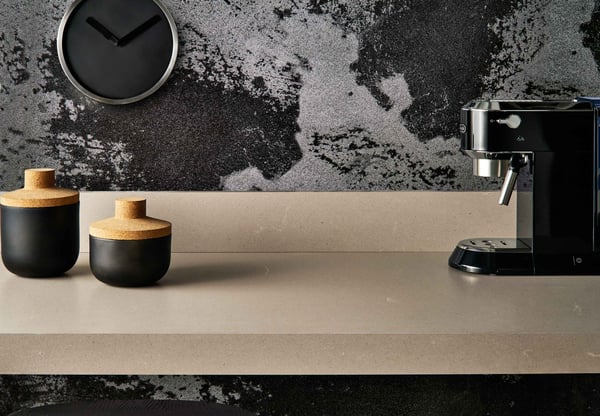 4004 Raw Concrete
4004 Raw Concrete
The 5-15% rule
Design experts generally agree that as a rule of thumb, you should spend a minimum of 5% and a maximum of 15% based on the current value of your home. For example, if your house is worth £250,000, you should spend between £12,500 to £37,500 in order to see a return on your investment if you decide to sell the property. However, if you’re planning on staying in your home for a long period, then spend as much as you can afford to make sure it’s a kitchen that will stand the test of time.
Size
Obviously, the bigger your kitchen the higher the overall cost is going to be. There’ll be more cabinets and larger expanses of worktop required, plus potential additional expenses involved in creating living and dining areas. You need to pick the most productive layout for your room’s size and shape, making sure that there is a logical, seamless flow between zones.
Kitchen budget breakdown estimate
To avoid running out of money halfway through, go in with an awareness of roughly how much things are going to cost. Taking into account a number of variables, a budget for a typical kitchen renovation can be broken down as follows:
- Cabinets: 20 - 40%
- Worktops: 20 - 30%
- Appliances: 20 - 30%
- Flooring / Paint / Decor: 10 - 20%
- Appliances: 10 - 20%
- Electrics / Lighting: 10%
- Plumbing: 5 - 10%
Source: Architecural Digest
People are often surprised at how big of a chunk cabinets cost. Good cabinetry is expensive for a reason – the wood to make them is costly, with a lot required to complete an entire kitchen – plus the labour to build and install them.
To splurge or save?
One of the most influential factors on the size of your budget is going to be where you choose to put more money. You should follow the above breakdown as a general rule of thumb, but the particulars are down to you. It’s all about prioritising what’s right for your kitchen, based on how you plan on using it.
If you’re into cooking and entertaining, then spending a little more on appliances and fancy gadgets might make sense. The worktop and backsplash will be the most visible aspects of the room as well as the most used, so spending more here will help you make an impact and make sure they’re able to stand the test of time.
Factor in additional costs
You can look at average costs and create comprehensive colour-coded spreadsheets all you like, but you should always plan for the unexpected. Get real, in-house estimates for the kitchen you would like, then add at least 10% onto that cost. There will always be extras and add-ons that you simply can’t plan for or that you forget – additional labour, delivery fees, those upgrades you’ll make as you go. So this contingency funding means the final cost will be more closely aligned with your original budget.
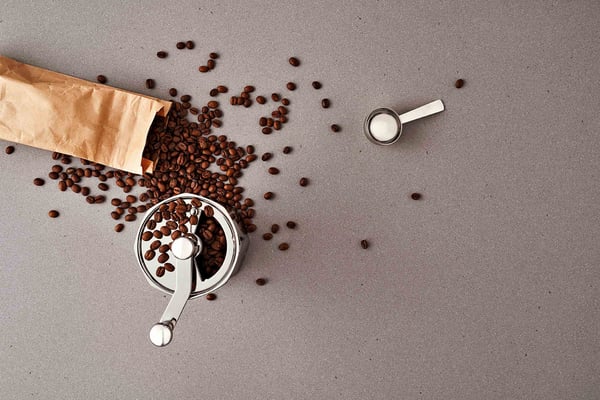
4003 Sleek Concrete
If you’re in need of a little more inspiration on the look and style of your kitchen, we’ve put together a lookbook of some of the up-and-coming design trends and aesthetic concepts that are sure to spark your imagination.
Images Source: Caesarstone


